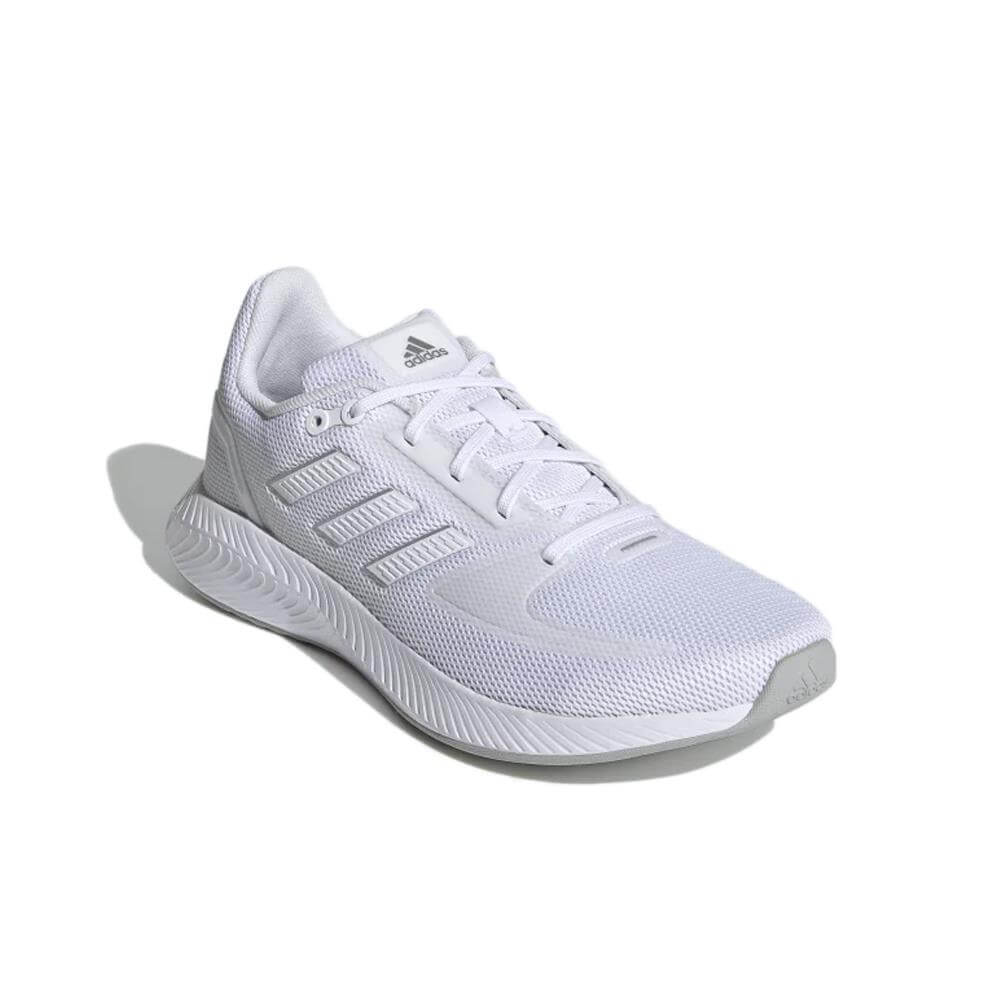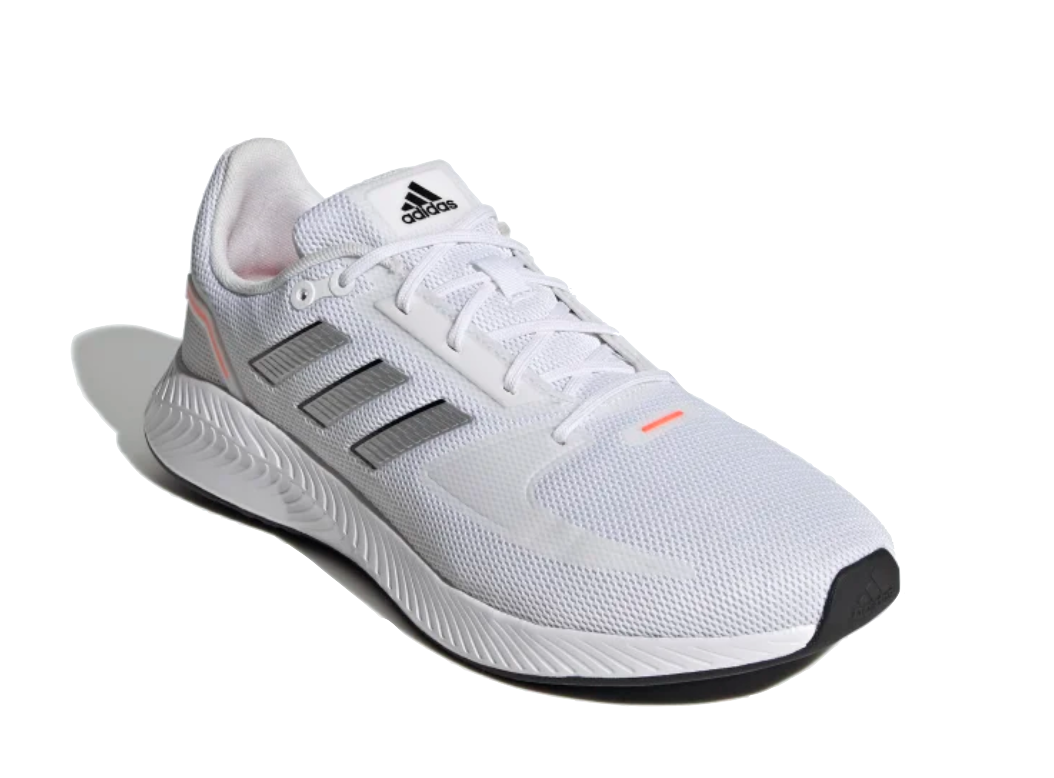

These tend to be trainers with more cushioning and shorter lugs, designed for hard, rolling trails. Like how some road shoes can cope on the trails, some trail shoes will cope on the roads. Also, focus on longevity: shoes that will stand up to miles and miles of off-road running without wearing down will, ultimately, be better value than a less durable pair – even if they cost slightly more.Ĭan you use trail running shoes on the road? When choosing a pair, think hard about what you require from the shoe, how often you'll be wearing it and whether you require a top-of-the-range model or reliable workhorse. Budget/longevity – Like their road running counterparts, trail shoes vary greatly in price.The second approach is more of a sieve design, with focuses on the belief that keeping your feet watertight is impossible, and focuses on drainage rather than protection. Waterproof protection – water will often be a problem on Britain’s trails, and when it comes to trail running trainers, there are two schools of thought: the waterproof shell, which works well when splashing through puddles, but does not allow water to escape from the shoe.This can help to protect the shoes against rocks and other off-road debris. Look for rubber or nylon reinforcements around the toe box, heel counter and the bottom of the upper. In-built protection – off-road running can be hard on your shoes, especially the upper.For mud and rocks, look for a shoe with longer lugs. For hard, rolling trails, you won't need too aggressive a grip.

But what constitutes good grip will depend on the kind of trails you're running on.

Trail running shoes are designed to cope with tougher, more unstable terrain than road shoes.


 0 kommentar(er)
0 kommentar(er)
